Thinking Maps : What Are Thinking Maps?
Why Thinking Maps For PUSD?
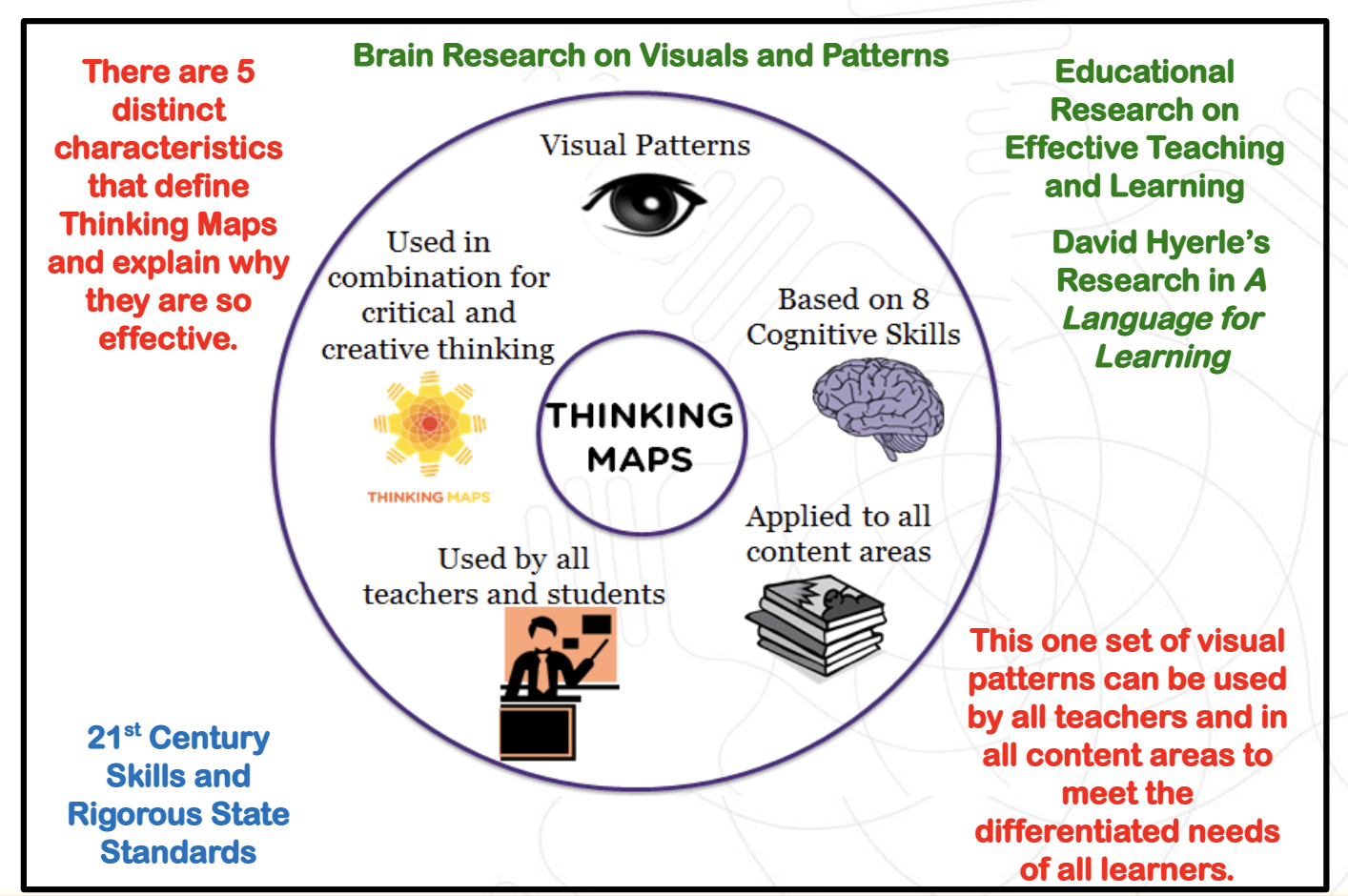
PUSD and Thinking Maps
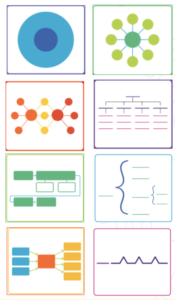
PUSD Launch
From 2017-2020, an 8-week Thinking Map roll-out (introduction/review for students) was launched through weekly emails with resources and support. PUSD is gearing up for the relaunch of this 8-week Thinking Map roll-out, Fall 2023-2024 school year!
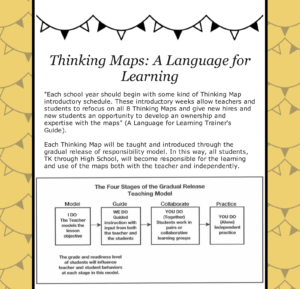
Incorporate Multiple Maps in your lessons.
Here are samples of how multiple types of Thinking Maps can be used in different content area lessons.
Science
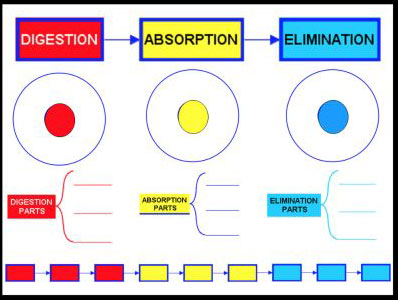
In this example, students use multiple maps to understand the digestive process. The Flow Map helps students think about the sequence and what happens at each phase.Next, the Circle Map allows students to brainstorm and list everything they know about each of the steps in the process. Later, students consider the body parts that are functioning during each phase. Finally, students sequence each of the three prcesses in the larger digestive process. By using multiple maps, students will develop a much deeper understanding of this complicated process that affects each one of us.
History/Social Science
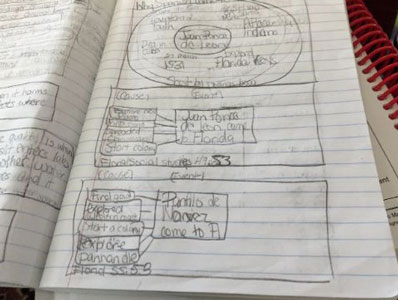
In this example, students read about Spanish explorers and their arrival in Florida. First, students listed facts from the text to define Ponce de Leon on a Circle Map. Then, students determined the reasons why each of the explorers sailed to Florida on two separate one-sided Multi-Flow Maps. Afterwards, students compared the reasons why the two explorers came to Florida on a Double Bubble Map to determine key similarities and differences among each explorer’s purpose. Finally, students took the information off all the maps by writing short constructed responses to the teacher’s research question.
Math
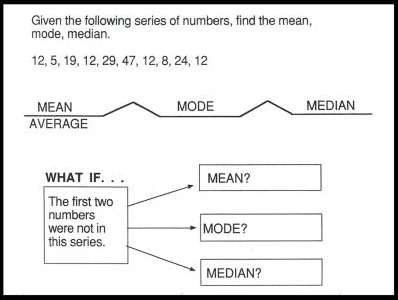
In this example, students use the Bridge Map to develop understanding of key vocabulary related to the content with the Relating Factor being “represents”. Then, students consider the effects of a hypothetical scenario on the mean, mode, and median using the one-sided Multi-Flow Map. Students go beyond rote calculation and can demonstrate a deeper level of conceptual understanding when they are presented with a novel situation in the familiar format of the one-sided Multi-Flow Map.
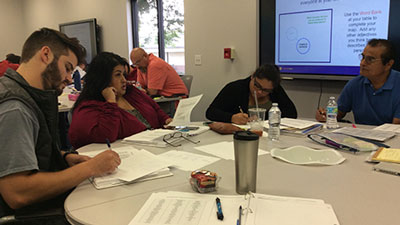
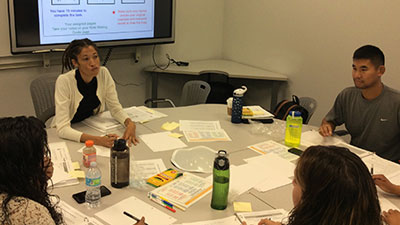
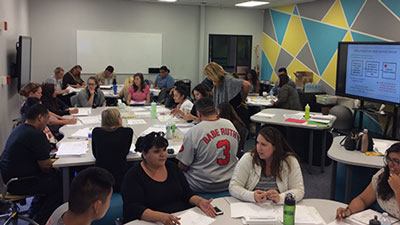
Links
Click On The Image Below To View an intro to Thinking Maps.
Follow Thinking Maps on Twitter! @ThinkingMaps


